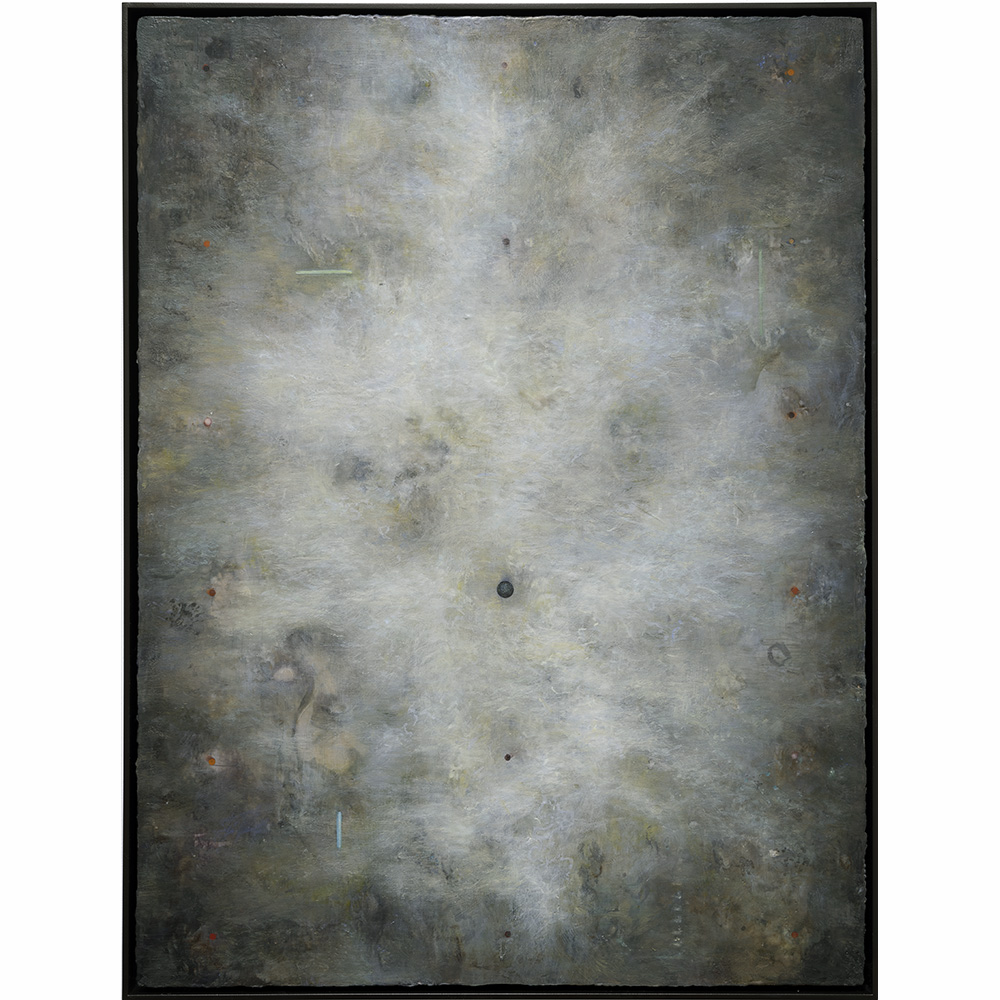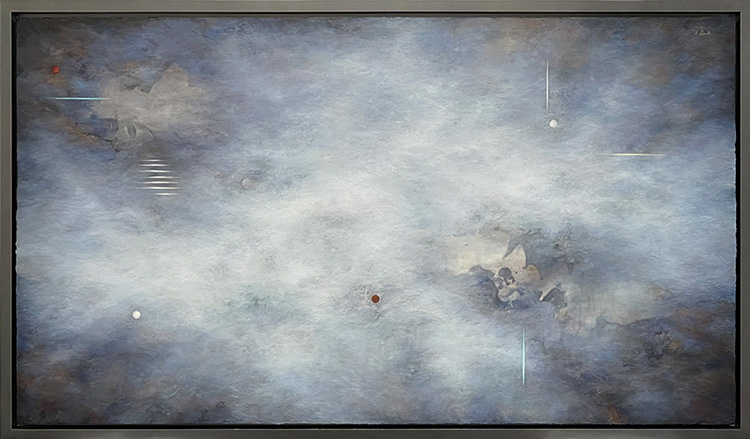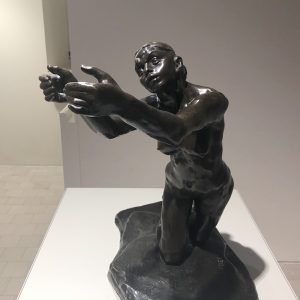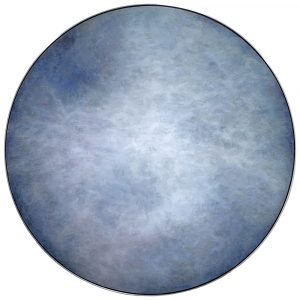Art as a Universal Language: Raphaelle Goethals’ Transcendent Abstraction

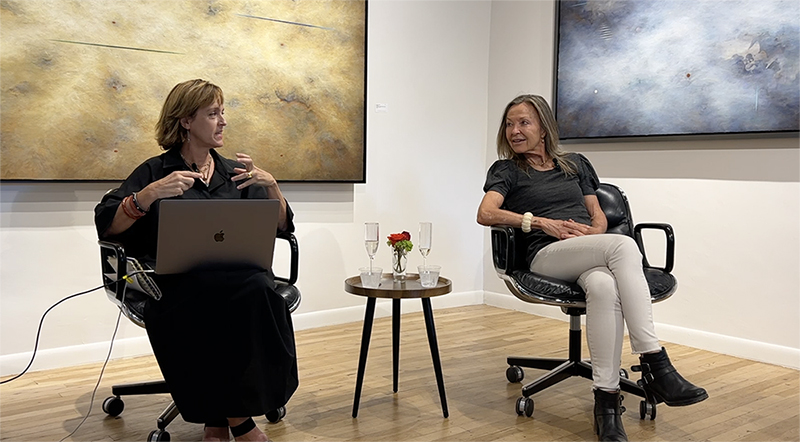
Raphaëlle Goethals in conversation with Tonya Turner Carroll. At Turner Carroll Gallery in Santa Fe, NM, 6 July 2022.
Watch Raphaëlle Goethals Contemporary Painter of Light and Space In Conversation with Tonya Turner Carroll
Last week, Turner Carroll Gallery hosted a wonderful evening with Raphaëlle Goethals and Tonya Turner Carroll in dialog about the artist’s practice and aesthetic development over the past decades. Throughout the conversation, the two spoke of Raphaëlle’s early childhood influences visiting the great artworks of her native Belgium, her move to Los Angeles and exposure to the Light and Space Movement, and how she has forged her path marrying European traditions with the aesthetics of the American West. The conversation took place in Raphaelle’s current exhibition, The Possibility of Remembrance, and was accompanied by a slide presentation. An abbreviated version of the evening, complete with slides, can be found in the button link right below.
Come see Raphaëlle’s work in person! The exhibition is still on view in the gallery through July 17th.
Raphaëlle Goethals, Waimanu, 2022, encaustic, oil and mineral pigments on panel, 41 x 31″ framed / 40 x 30″ unframed
June 17 – July 17, 2022 | Raphaëlle Goethals: The Possibility of Remembrance
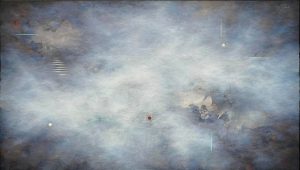 We are delighted to welcome back Raphaëlle Goethals for her 3rd solo exhibition at Turner Carroll Gallery. Raphaëlle is known for her large scale, transcendent encaustic paintings. Her practice comes from a desire for larger truths, a search for the timeless and the infinite, and a cultivation of both devotion and humanism.
We are delighted to welcome back Raphaëlle Goethals for her 3rd solo exhibition at Turner Carroll Gallery. Raphaëlle is known for her large scale, transcendent encaustic paintings. Her practice comes from a desire for larger truths, a search for the timeless and the infinite, and a cultivation of both devotion and humanism.
Goethals’ paintings have been featured in numerous museum exhibitions in the U.S. and Europe, including a recent solo exhibition at the Morris Graves Museum. Raphaëlle Goethals is one of a group of remarkable women artists such as Georgia O’Keeffe, Agnes Martin, Agnes Pelton, Susan Rothenberg, Linda Benglis, Florence Pierce, and Judy Chicago who were and are instrumental in creating the world-renowned contemporary art center of Santa Fe.
View work in the exhibition here.
March 5 – April 30, 2021 | Renegades
The exhibition is available on our site here.
The 3rd in a series of exhibitions treating the role women have played in art history. Opens March 5, 2021 at Turner Carroll Gallery. Titled “Renegades,” the exhibition follows two previous exhibitions titled “Can’t Lock Me Up” (2019) and “Burned: Women and Fire” (2020).
This exhibition celebrates the unveiling of the sculpture “L’implorante” by Camille Claudel, widely recognized as her most important work currently available on the international art market. Other editions of this sculpture are found in permanent collections of The Metropolitan Museum of Art, Musée Camille Claudel, and others.
1864: Camille Claudel, born in 1864, has become known as one of the most important women artists ever to live. She moved mountains to pursue her art on her own terms. Camille convinced her entire family to move to Paris, so she could attend the only art academy that accepted women—L’accademia Colorrosi. She was so committed to carving her own path in the art world that even when the great artist Auguste Rodin became smitten with her skill and independence, she showed great reservation in starting a relationship with him, insisting instead that she must be her own artist, not a reflection of him. This initial indifference to his advances caused Rodin to refer to Claudel as “my fierce friend,” or my “sovereign friend.”
Eventually, when Camille Claudel decided to take part in a sexual relationship with Rodin, she declared it must be on terms she dictated. In 1886, Claudel willfully demanded Rodin sign a contract she devised which included the following conditions: a promise to renounce other women, including favourite models and prospective students, to bring her along on his travels, and to marry her in 1887. In return she agreed to receive him in her studio four times a month. If Rodin did not meet the demands she set forth, the deal was off. He didn’t, so she called it off and renounced the male artistic master and all the trappings of success, public art commissions, and acclaim that he brought with him.
In her quest to find her independence and support herself as a woman artist, Claudel worked hard to secure a state commission for an ambitious sculptural group of three figures. The state commission was granted for her work titled L’Âge mûr (1902). The grouping features images of Claudel herself as L’implorante, a young nude woman beseeching a man (sculptor Auguste Rodin) to stay with her instead of being swept away by an older figure representing death. Auguste Rodin was at that time on the selection panel for French public art commissions, and because he found Claudel’s sculpture so threatening, her public art commission was suddenly cancelled. Claudel’s fight for the sculpture she believed in resulted in her being at odds with the artistic bureaucracy.
Claudel dug in her independent heels, and decided to embark upon a body of work dealing with interior emotions of women. Her works were unusually courageous for the time, candid in communicating emotional and physical pain, loneliness, and desire.
“My sister’s work, which gives it its unique interest, is that it is the whole story of her life.”
-Paul Claudel, poet and diplomat, brother of Camille Claudel
Claudel was a renegade in renouncing both social and artistic norms of her era. She was a renegade in that she created her own terms to live by, much like she created the unconventional contract she had Rodin sign.
1913: While Claudel herself was sent to spend the last 35 years of her life at a sanitarium due to her norm-defying behaviors, her insistence on doing things the way she deemed appropriate paved the way for women artists who came after her to do the same.
1939: Twenty-six years after Claudel’s family had her interned in a mental institution for her bold artistic actions and her outrageous act of choosing her artistic career over having a family, Judith Cohen, now known as Judy Chicago, was born in 1939 in the U.S. Like Claudel, Chicago was artistically talented from a young age, was fiercely independent, and pursued her artistic career with a vengeance. Also like Claudel, she was a renegade. She forsook the coldness of masculine conceptualism and the testosterone-driven assertions of dominance over the land by cutting into it, moving it; manipulating it, in favor of color and concept that were inherently true to her uniquely feminine perspective. Chicago embraced vulvic imagery and colors descriptively female, like pinks, purples, and other pastels. Her iconic collaborative work “The Dinner Party” was inclusive, rather than exclusive. She didn’t compete with women artists; she invited women from far and wide to become part of her artwork that highlighted the contributions of women throughout history. Today, Chicago’s “The Dinner Party” is considered the capolavoro of feminist art history.
1948: When Judy Chicago was nine years old and already taking the bus alone from her home in Chicago to the Chicago Art Institute for art classes, Hung Liu was born in Changchun, China. She came from a long lineage of intellectuals, and her father was an officer in the Nationalist army of Chiang Kai Sheck. Liu’s father was ultimately placed in a labor camp, where he spent the rest of his life. Liu and her mother burned all their family photographs that included him to escape retribution, and fled to Beijing. Liu was recognized very early in life for her extraordinary artistic talent. Because of her brilliance, she was placed in the top high school in Beijing, where Mao’s daughters also attended. There, Liu witnessed her principal be beaten to death by young woman zealots of the Red Army. She watched her math teacher jump to his death from the school grounds, and she saw her classmates beat another teacher to death with shoes, while he was belittled and forced to crawl on the ground in front of his students. Liu endured “re-education” during Mao’s imposed, eponymous Cultural Revolution, in which she was removed from school and forced to toil in the wheat fields in the Chinese countryside for 364 days per year. Though these times were undeniably tough for her, Liu’s determination to pursue her artistic career drove her. She hid a German camera and a watercolor set under her bed, and every day she took time to paint or to photograph her experiences. 35 of her “My Secret Freedom” watercolors are now in the permanent collection of the San Francisco Museum of Modern Art, and photographs she took with that German camera will be exhibited at her Smithsonian Institution’s National Portrait Gallery retrospective in 2021.
1984: When artist David Hockney visited China and the prestigious Central Academy of Art, where Hung Liu and other Chinese luminaries like Ai Wei Wei studied, he met “Ms. Liu” and was so impressed by her work and her countenance that he wrote about her artwork in his China Diary. Liu was determined to leave China for U.C. San Diego, to study contemporary American art movements like Happenings. She persisted in waiting four years–deferring her admission to UCSD each year while she waited–for the Chinese government to finally grant her a passport to pursue her artistic career. An only child, she left behind her mother, with her two year old son to care for, to pursue her artistic dreams. Since arriving in the U.S. in 1984, Liu’s artworks have been collected by more than 50 major museums in the country, from the Whitney Museum of American Art, to the L.A. County Museum.
1970-2010: Both Judy Chicago and Hung Liu dedicated a portion of their careers to teaching women artists to persevere and prosper, as well as sharing their network of dealers, curators, and art critic colleagues. Among the recipients of their shared wisdom were three artists that are making their own name for themselves in their own authentic voices today. Judy Chicago has adopted as her “radical daughter” the street artist known as Swoon, born Caledonia Dance Curry. Swoon regularly collaborates with Chicago on social activism projects like Create Art for Earth, joined by both Jane Fonda and über-curator Hans Ulrich Obrist of Serpentine Galleries in London. Swoon is renowned for inspiring an entire generation of female street artists, with her large scale humanistic wheat paste murals. Her works are now in major international museums such as the Museum of Modern Art in New York and the Tate Modern in London.
Hung Liu is the beloved mentor of artists Monica Lundy and Lien Truong, artists of Italian and Vietnamese progeny, respectively. Both artists have assumed the mantle of proselytizing for the disenfranchised in their artworks. Lundy uses traditionally female media like porcelain, coffee, and burned paper in her depictions of women who were incarcerated for being renegades. Crimes like being too loud, disobedient, or promiscuous landed these women in sanitoria, just as they had landed Camille Claudel in an asylum and silenced her artistic voice one hundred years earlier. Lien Truong singes antique silks and historic textiles blended with 22 k gold threads, and fuses exquisitely detailed abstract painting to tell the stories of racial and gender-based injustice.
New Mexico-based Agnes Martin, Raphaëlle Goethals, Karen Yank, and Jamie Brunson share a vision that is tied to the sanctity of the land. Rooted in the horizon line that is unfettered by vegetation, providing the feeling that one can see forever, these artists present the maverick notion that within simplicity of mother earth lies the most pristine experience of creative joy one can ever experience.
The women in this exhibition are indeed Renegades. They take the legacy of women artists and carry it forward into an apotheosis of success. Their manifesto is to be true to their uniquely female artistic vision, and they succeed beyond measure. Turner Carroll is proud to present this exhibition during Women’s History Month, honoring the contributions of women artists throughout history. Please join us in celebrating their accomplishments.
-Tonya Turner Carroll
Santa Fe, New Mexico
2021
July 17 – September 6, 2020 | Raphaëlle Goethals: The Memory of Persistence
Raphaelle Goethals is an artist from Belgium who now lives and works in New Mexico. She creates atmospheric paintings, often with a grid of small spaces where the eye can rest. Goethals sees the sky as our sea in her beloved New Mexico, often referring to it as a “liquid sky.”
View the works in the exhibition here. View the video on the works in the exhibition here.
Goethals’ paintings have been featured in numerous museum exhibitions in the U.S. and Europe, including a recent solo exhibition at the Morris Graves Museum. Raphaelle Goethals is one of a group of remarkable women artists such as Georgia O’Keeffe, Agnes Martin, Agnes Pelton, Susan Rothenberg, Linda Benglis, Florence Pierce, and Judy Chicago who ere and are instrumental in creating the world-renowned contemporary art center of Santa Fe.
Online Virtual Exhibition | Keep the Ball Rolling
Walk through our VR exhibition!
Adaptability is key to finding happiness, and Turner Carroll has adapted to a new way of hosting exhibitions to bring you happiness during this unusual, homebound time. We are thrilled to bring you our first 3-D, interactive, virtual exhibition. Our exhibition Keep the Ball Rolling takes its title from Judy Chicago’s Resolutions series work by the same name. The exhibition features vibrant works that inspire mind, body, and heart. Please enjoy our guided tour feature, which allows us to walk you through the exhibition as if we’re walking through the gallery together. You can also click on the View/Purchase on our Website button next to each artwork, to read our descriptive analysis of the specific artwork. Enjoy the exhibition and please send us your comments and suggestions on our new platform, at info@turnercarrollgallery.com.
View the works in the exhibition on our web page here.
August 24 – September 22, 2018 | Raphaelle Goethals and Wanxin Zhang
Work in the exhibition may be viewed here.
For more information and high resolution images, please visit https://turnercarrollgallery.com/press-area/ or info@turnercarrollgallery.com
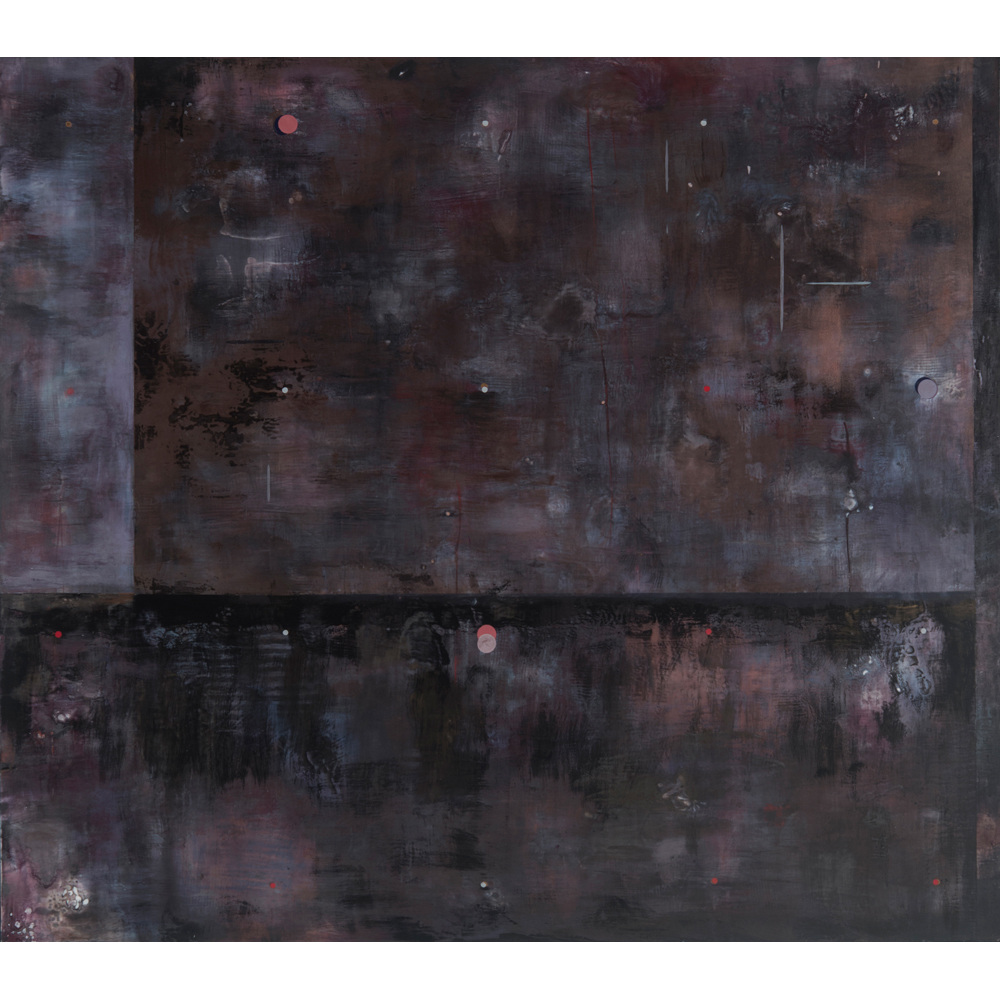
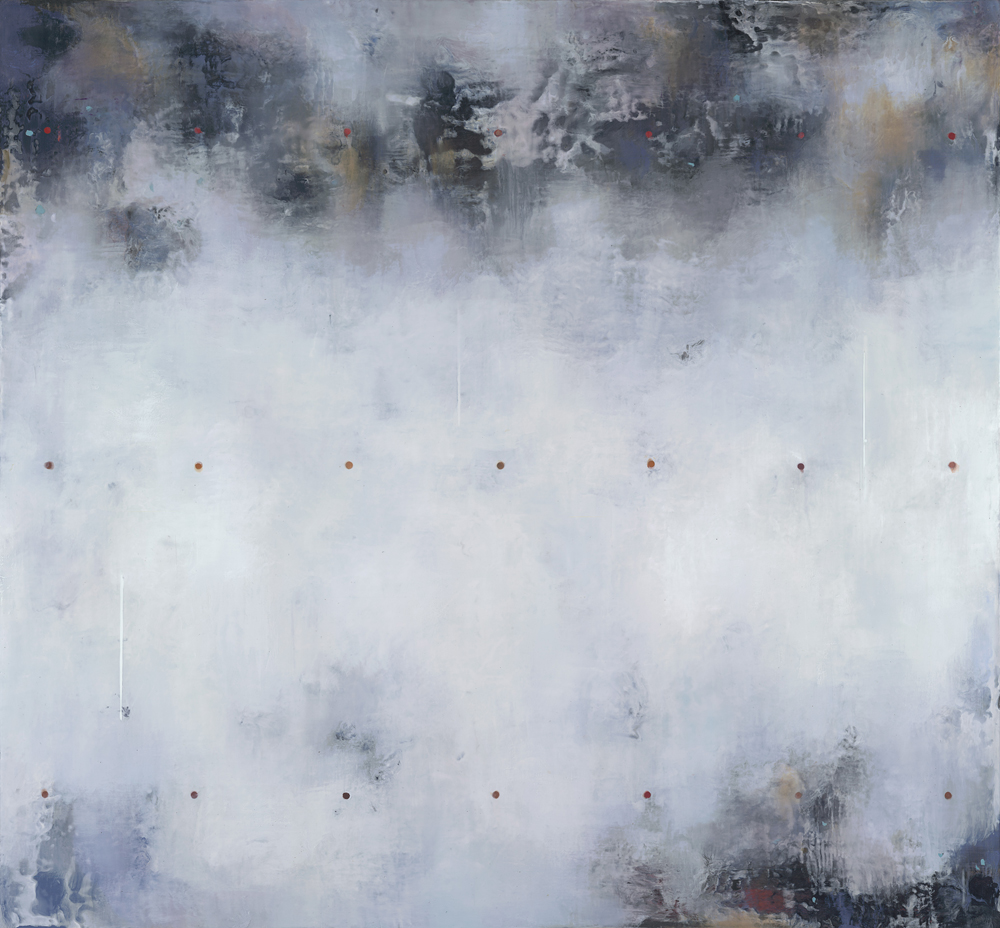
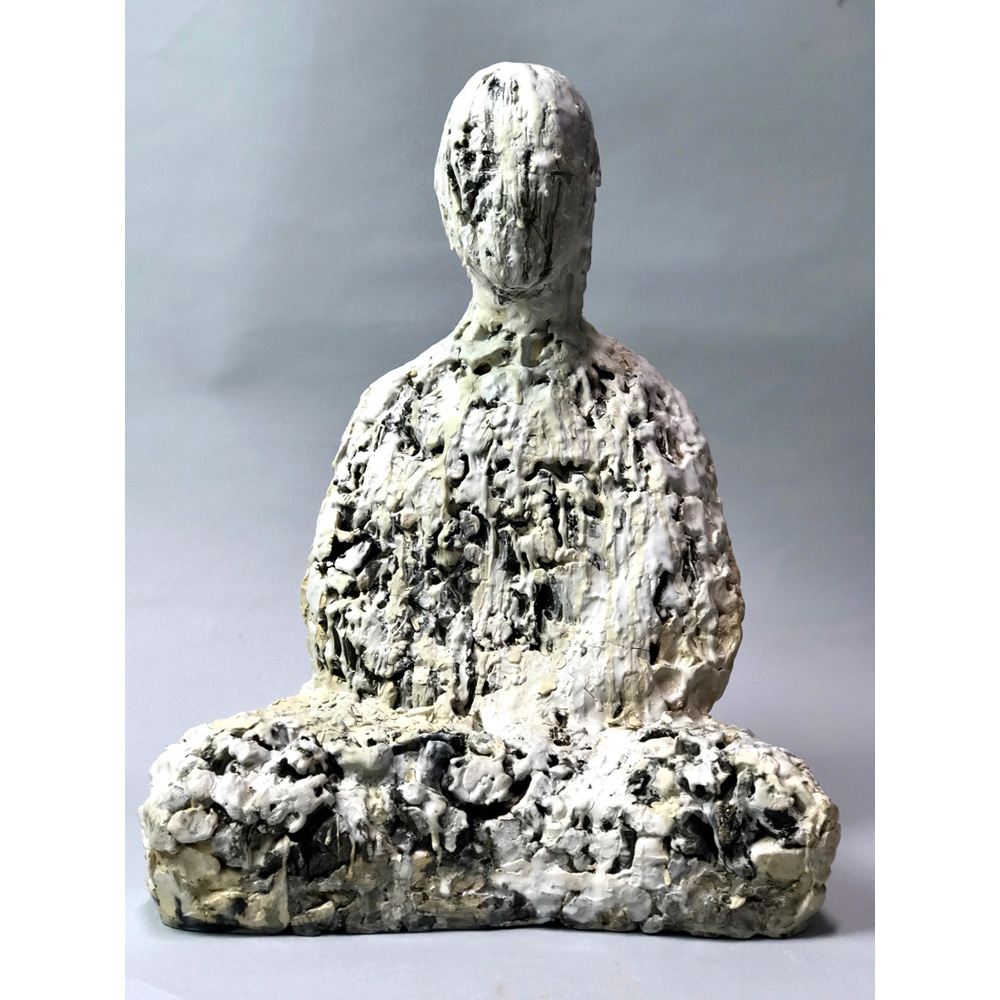
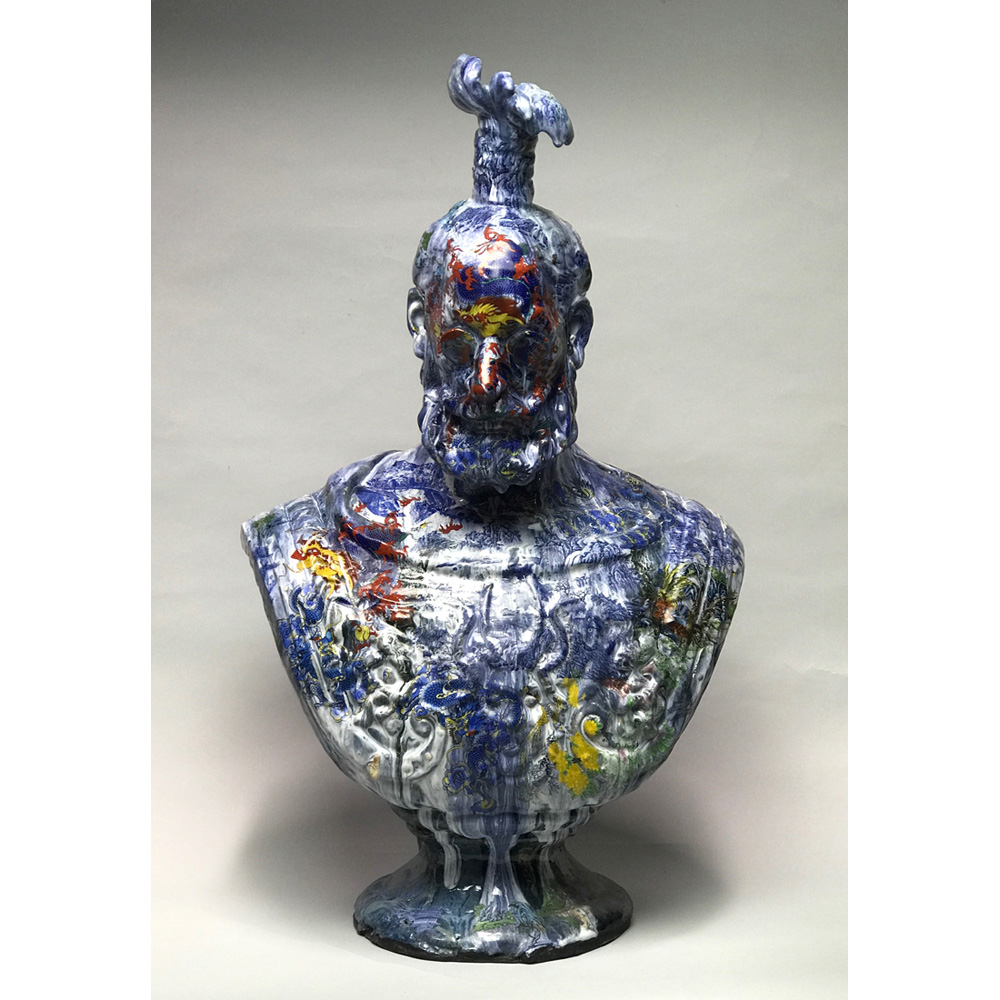
Raphaëlle Goethals
Mar 11 – Apr 23, 2017 | RAPHAELLE GOETHALS: Tales of the Land
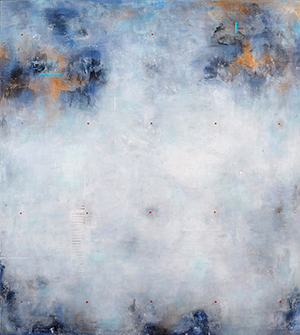
Summer

